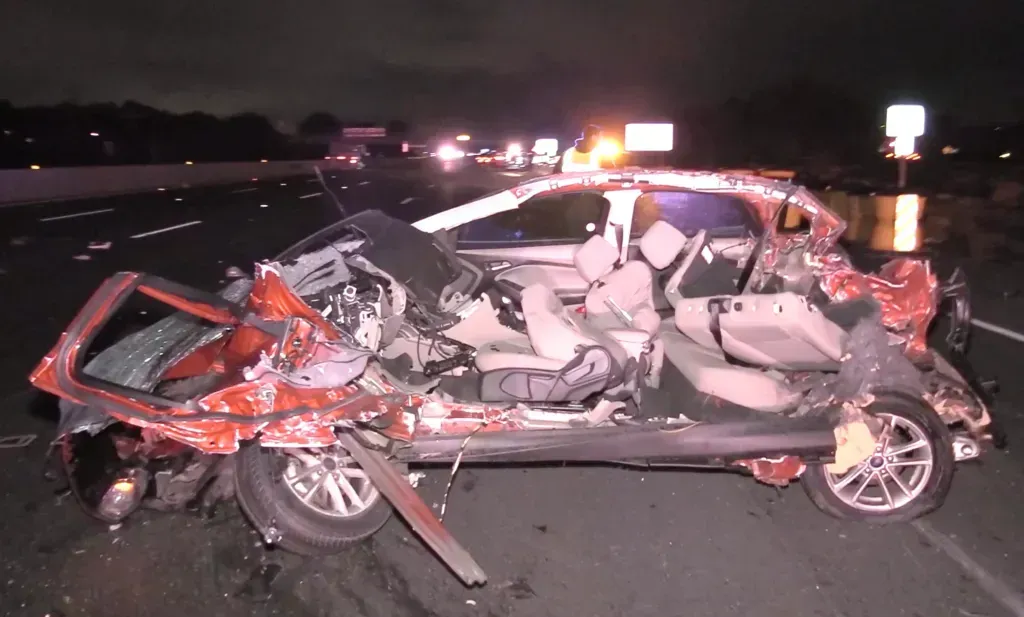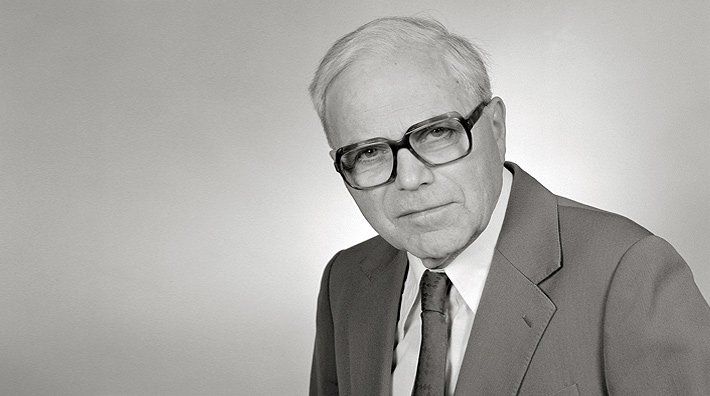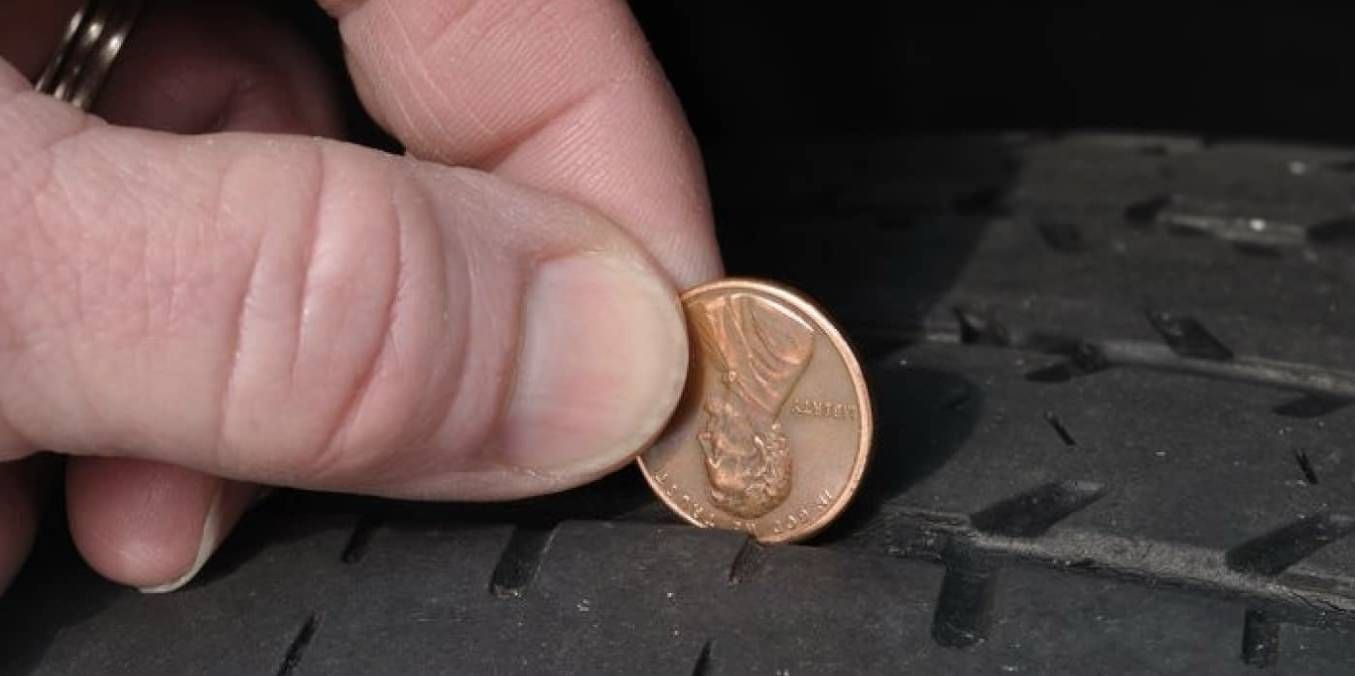WHY DO REPAIRS AND MAINTENANCE COST MORE FOR EUROPEAN IMPORT CARS?
So, for most of us who felt like they were entering a new world once they invested money in a European import car. When I got my first Mercedes, I definitely felt like I was “moving up”! I knew it was precision-engineered, that it was designed to offer a great driving experience, and that they had a reputation for reliability and reliable craftsmanship. I came to learn that taking proper care of my “Baby” was also part of the investment. Let’s consider WHY repairs and maintenance for European import are more costly.
· This isn’t your Father’s old car: European import autos are designed differently, often with specialized, sometimes more complicated engineering than domestic brands. Manufacturers often “push the boundaries” to develop better, often more complicated systems such as adaptive suspensions, advanced emissions systems, digital dashboards, enhanced electronic driver assistance systems, turbocharged engines, and so on. This is like moving on from fast food to fine dining in terms of the quality and complexity. Whether you’re talking about Mercedes, BMW, Porsche, Volvo, Audi, or Jaguar, these cars are designed to be “apex predators”.
· Putting the “skilled” into “skilled labor”: obviously, not every technician out there is going to have the skill or training to be able to work successfully with these types of cars. EXPERIENCE beyond normal automotive norms is required. Particularly, when you’re looking at A-level mechanics, their experience and knowledge makes them EXPERTS capable of delivering consistent high-quality work. Our “A-Team” of experts at Ditmire Motorworks have many decades of combined experience and expertise that makes them top-notch technicians and service writers. They are absolute masters of their crafts, capable of solving even the most complex problems. These specialists, like with any other field, contribute to higher labor rates than you’ll see for domestic shops.
· Tools for the trade: cars bearing complex, advanced technologies, often require specialized fluids and tools to repair or service properly. Often, specialized, brand-specific, factory-grade diagnostic equipment is required for even simple diagnosis, and the repair processes can often become complex. For example, some European import cars have sealed transmissions that necessitate specialized tools and fluids that can add to costs. Repairs on systems or components that are “buried” among the car’s many parts can require partial disassembly, adding to labor times.
· Parts are just parts, right?: yes….and no. Replacement parts for European import cars often have to match manufacturer’s recommendations for optimal performance. This can mean that some specialized parts may have be imported….and tariffs can add to the complexity involved in parts acquisition.
Overall, the proper attitude to take with a European import car is that it’s an INVESTMENT. That includes consistent maintenance and care. At Ditmire’s we know that car repairs and maintenance can be stressful. This is why we try to do the best, most thorough job finding all the problems to bring to your attention. If that’s a long list, let us help you plan steps you can take based on priorities. Some things can be pushed off until later….but there may be immanent things we can deal with NOW. We have over 40 years in the repair business….and we consider our customers to be our partners. Let us help YOU to have years of full enjoyment of your European import car!






